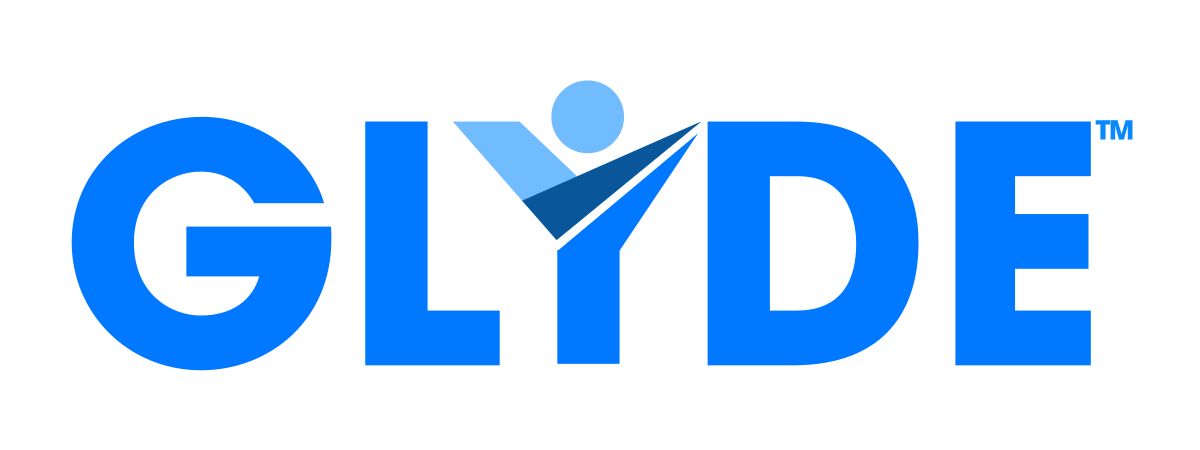It’s amazing to think it’s been eight full circles around the sun since we penned our first thoughts about recruitment back in 2015. Way back when, we delved into the issues plaguing the recruitment industry, predominantly honing in on the poor flow of information between candidates and employers. What a time it was.
As we sail out of 2023, however things are starting to change at an unprecedented rate…
Before we get ahead of ourselves, let’s take a brief stroll down memory lane. In our initial musings, we highlighted the success of business hinged heavily on understanding the root causes of problems, not just the surface issues. Remember ‘The 5 Whys’ method? Utilising this system, we zeroed in on the crux of the matter in recruitment—the abysmal lack of quality information flow between candidates and employers. The only breadcrumb trail candidates grasped was a mundane job description, with employers playing peek-a-boo with barely informative resumes.
Decoding The Bottleneck
Back in 2015, we discussed how recruiters were often met with limited capacity to share the right amount of information between the potential candidates and the organization. With limited time and resources, it was next to impossible to provide a personalized experience to each potential candidate, leading to a ‘more applicants, less fit’ scenario.
The concept of fit, in a recruitment context, is a two-way street. On one end, the candidate should resonate with the job description and at the other end, the employer should find a fit in the candidate’s resume. Sadly, the traditional approach of recruitment often hits a roadblock due to factors like time pressures and skewed information flow.
The unsurprising result?
Candidates made less suitable job choices, and many companies hired ‘the resume’ instead of ‘the fit’. The value of referrals stood uncontested for the wealth of information they provided upfront. And then there was the flurry of recruiting software, hyper-focused on inflating the number of applicants and ironing out reviewer efficiency, inadvertently emphasising the wrong problem.
The recruiter was saddled with the catch-all job of bridging the information gap between applicants and hiring managers, despite having limited bandwidth. This overreliance on humans to single-handedly overcome the recruiting bottleneck was unsustainable.
Now we have a new hero in the tale…
This pivotal player, an offspring of the 21st century, has been threatening to eviscerate the challenge faced by recruitment from the onset. Time and capacity constraints have largely hampered human recruiters, forming one of the most significant bottlenecks in the information flow between employer and candidate. AI, equipped with limitless capabilities, swooped in to efficiently tackle this concern with surprising dexterity.
Indeed, AI has evolved to drastically transform recruiting by enabling more direct, salient exchanges between candidates and companies. AI-enhanced chatbots have reshaped the landscape, bridging the communication gap by diving deep into candidate competencies, interests and values. In tandem, they illuminate the nuances of company culture, value systems and day-to-day working parameters.
The ultimate result?
A candidate can ‘self-select’ roles they feel genuinely passionate about, engaged and well-informed. Companies discover the ability to identify and engage candidates whose alignment with their standards and culture augments their workforce. Employers can finally take a sigh of relief as AI elevates human recruiters, allowing them their rightful space to function at their best by handling these preliminary, yet crucial conversations.
Moreover, new applications of AI – such as generative writing, enables bots to churn out customized job descriptions for each potential candidate. This degree of personalization, thus far unachievable manually, may just be another missing cog in the recruitment wheel.
All said and done, AI seamlessly overcomes the information bottleneck in the recruiting landscape through its advanced algorithms, natural conversation and generative content. This blend of technology and human resources allows for meaningful human connections later in the hiring process. In this world, humans aren’t replaced, merely supplemented to provide a harmonious and efficient hiring process.
So, where did those eight years go again?
Into the evolution of recruitment, into shaping a philosophy of richer, in-depth connections and above all, into solidifying the blend of humans and AI to provide ingenious recruitment outcomes.
Never mind nearly 2 million miles flown and countless new friendships.
Onward to the next eight years and beyond.

